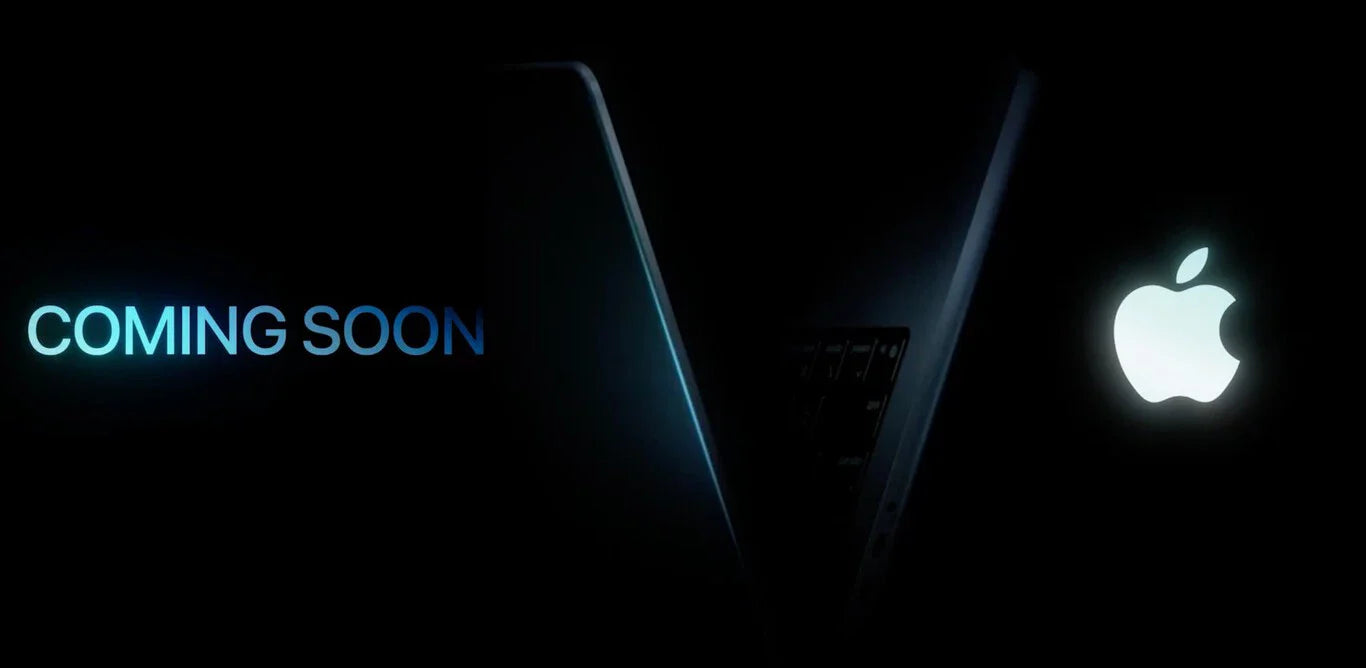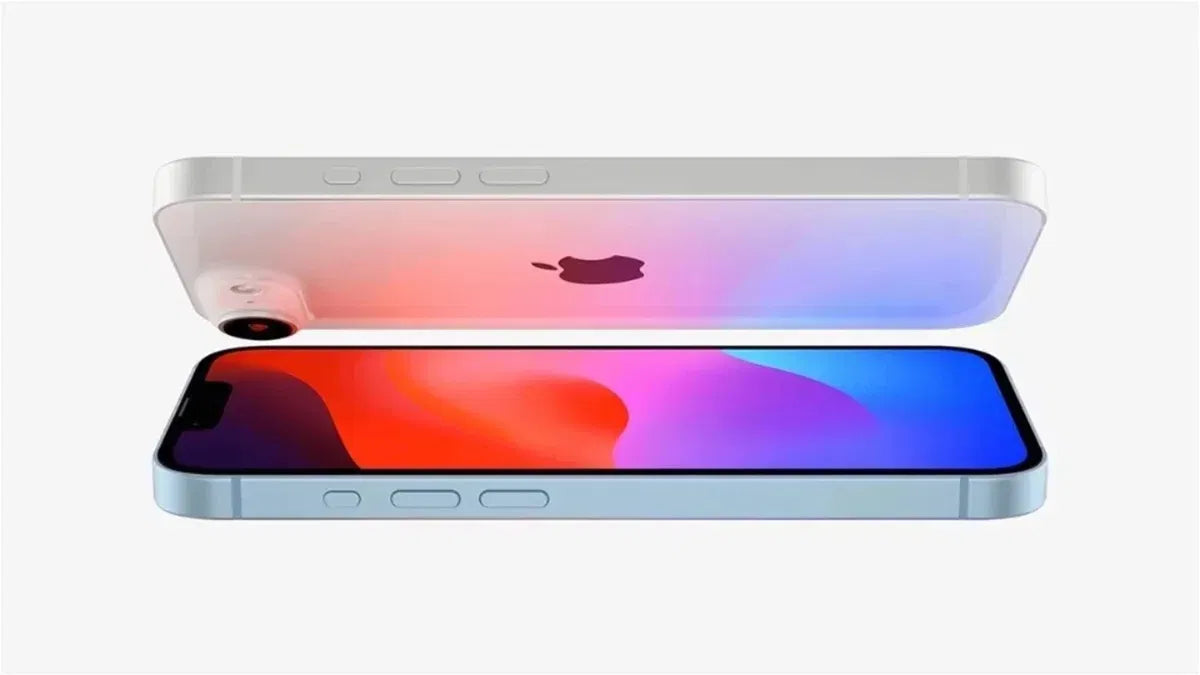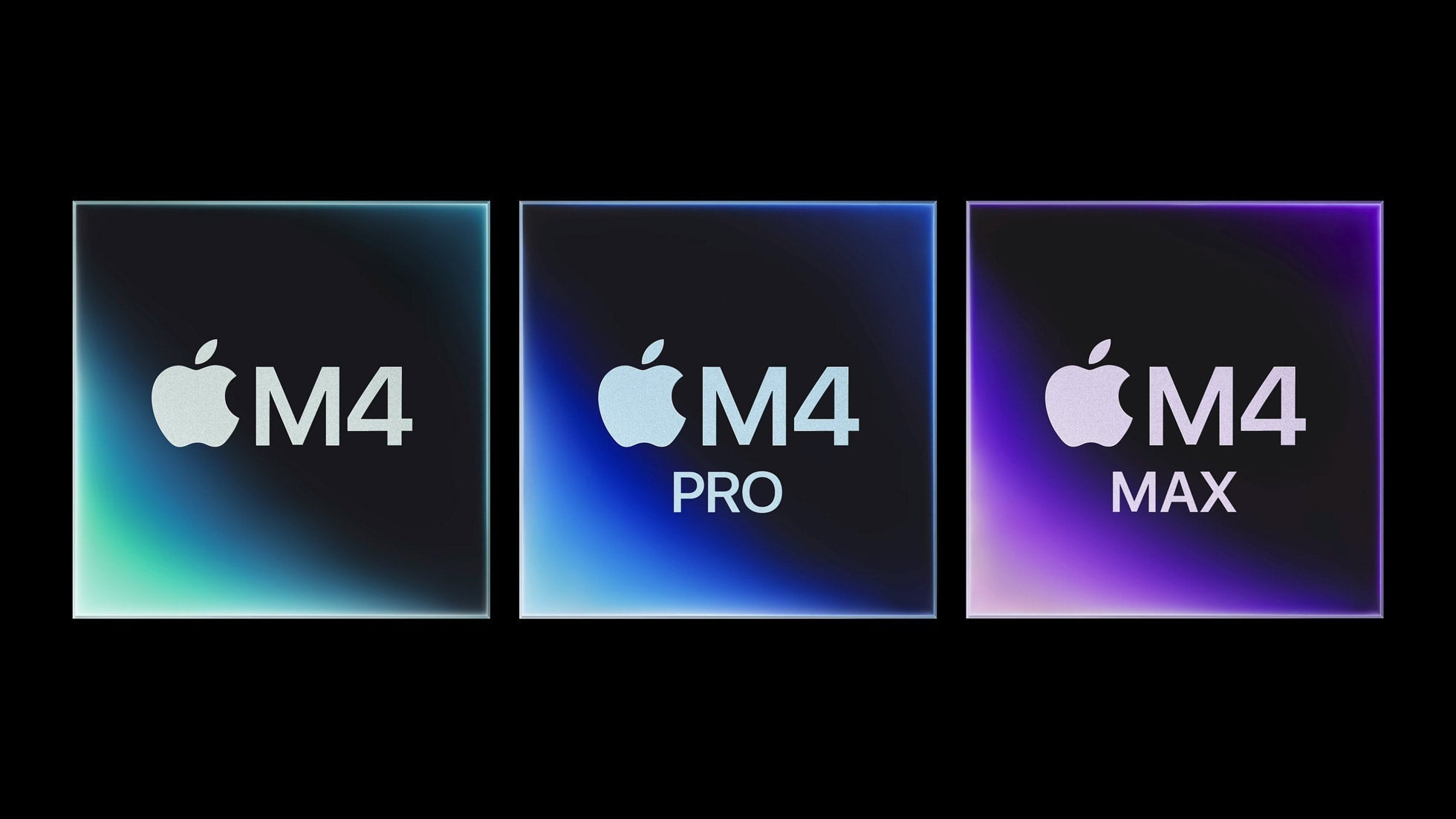
MacBook M5: Leaks, Rumors, and Launch Date
Apple has officially confirmed what rumors had been hinting at for months: the new MacBook Pro with M5 chip is arriving soon. With a cryptic tweet from Greg Joswiak, Apple’s VP of marketing, the company has shut down speculation and announced that "something powerful is coming" this very week.
Apple Confirms MacBook M5: Complete Rumor & Leak Breakdown
The Tweet That Changed Everything: Greg Joswiak Confirms the M5
On October 14, 2025, Greg Joswiak put an end to months of speculation with a seemingly simple yet highly revealing message: "Mmmmm… something powerful is coming." Accompanying the message is a six-second video showing a silhouette of a MacBook in blue tones, with the words “Coming Soon” appearing on screen.
Mmmmm… something powerful is coming. pic.twitter.com/hHDYwuisJC
— Greg Joswiak (@gregjoz) October 14, 2025
Subtle hints within the tweet are unmistakable: the repeated "Mmmm" mimics five “M” sounds, directly referencing the upcoming M5 chip, while the outline of the MacBook creates a visible "V," hinting at "V" for the fifth generation. The blue hue suggests a new color option likely similar to Apple’s "Sky Blue" previously seen in recent MacBook Air models.
This type of teaser from Apple traditionally precedes a full announcement within 24-48 hours, so we can expect an official reveal on Wednesday, October 15, 2025. The company’s approach is to generate maximum hype through a simple statement, avoiding a formal event — a move that aligns with Apple’s usual surprise marketing style.
Leaked Specifications of the M5 Chip: Performance Details
Thanks to leaks from Russian YouTubers who've reportedly obtained a pre-release M5-based iPad Pro, we now know precise specifications. Benchmark tests reveal impressive improvements over the current M4:
CPU performance: The M5 maintains a 9-core architecture (3 high-performance + 6 efficiency cores) but delivers approximately 12% faster single-core performance and roughly 15-16% better multi-core scores. Benchmarks show single-core scores around 4,130 and multi-core near 15,000 points.
GPU performance: The most significant upgrade is in graphics, with a 36% boost over the M4. With a 10-core GPU architecture optimized for energy efficiency, it promises superior video editing, 3D rendering, and gaming capabilities.
Manufacturing process: Apple continues to utilize TSMC’s 3nm N3P process, optimizing energy use and thermal management. Some speculated switching to 2nm has been postponed in favor of refining 3nm technology for the best cost-performance balance.
Neural Engine: The Neural Engine remains at 16 cores but benefits from architectural updates to enhance Apple’s machine learning features, crucial for new AI-powered functionalities.
Staggered Release Strategy: Why Different M5 Models Launch Separately
One of the most surprising details is Apple's plan to stagger the official launch of different M5-powered models, breaking from past trends of simultaneous releases. According to leaks from macOS Tahoe and internal sources, the rollout will be as follows:
October 2025: Only the 14-inch MacBook Pro with the base M5 chip (internally codenamed J704) will be released. Apple is already testing this model with macOS Tahoe 26.0.2, indicating imminent availability.
Early 2026: The 13-inch and 15-inch MacBook Air with M5 chips (codenamed J813 and J815) will arrive with macOS 26.2, likely in January or February, featuring the same chassis but a significant performance boost.
Spring 2026: The 14" and 16" MacBook Pros with M5 Pro and M5 Max chips (J714 and J716) are set for release, running on macOS 26.3. These chips utilize TSMC's new SoIC-MH packaging technology for more flexible scaling and cooling improvements.
[chart: 144]
Why Delayed Pro & Max Variants? The SoIC-MH Technology & Market Strategy
The delayed launch of the M5 Pro and M5 Max models isn’t accidental. Apple is adopting a new packaging technology called SoIC-MH — System on Integrated Chip - Molded Horizontal — which enables stacking processor components for better thermal management and scaling. This tech requires additional development time, explaining why only the base models arrive first.
This strategic release allows Apple to:
- Maintain continuous market buzz over months
- Streamline manufacturing and supply chain planning
- Offer professional users high-end options later in the cycle
- Prevent cannibalization of lower-end models early on
What the MacBook M5 WON’T Have — Expectations vs. Reality
Despite much anticipation, several features rumored for the M5 will not appear in the first iteration, particularly in the October launch:
OLED display: An OLED screen upgrade is scheduled for 2026 with the next-gen M6 chips, possibly aligning with a full redesign.
Complete redesign: The upcoming M5 models will retain the current chassis design, dimensions, and port layout — changes are expected only with the eventual switch to OLED and new form factors.
Touchscreen and 5G: Touch support and cellular connectivity remain future features, possibly with the M6 or later releases, as Apple continues refining their integration.
RAM configurations: Base models will keep 16GB of RAM, with higher options like 24GB or 32GB as premium upgrades.
Performance Comparison: M5 vs M4 & Competitors
The gains offered by the M5 are significant. Tests suggest that a MacBook Air M5 will outperform a MacBook Pro M3 Pro in multithread tasks and approach the performance levels of a Mac Studio M2 Max in certain workloads.
For professionals, this means:
- Superior 8K video editing and faster rendering times
- Faster Xcode compile times
- Enhanced graphic performance for design apps
- Improved gaming performance at high settings
- More efficient local AI and machine learning processing
Battery efficiency also improves, with estimates projecting up to 2 extra hours of use under typical workloads thanks to better thermal management and energy efficiency.
Price Points & Configurations
While Apple keeps silent officially, leaks estimate base prices around €2,199 for the 14" MacBook Pro with M5 (9-core CPU, 10-core GPU). Upgrades include:
- +€230 for 24GB of RAM
- +€460 for 32GB of RAM
- +€230 for 1TB SSD
- +€690 for 2TB SSD
Higher-end configurations may also feature improved thermal management thanks to SoIC-MH packing, allowing sustained performance under heavy loads.
Other Apple Products With M5: The Ecosystem Expands
This new chip isn’t exclusive to MacBook Pro. It will power a variety of Apple devices in 2025 and 2026:
- iPad Pro M5: Already leaked and tested, with improved graphics and performance, slated to arrive alongside the MacBook models.
- Apple Vision Pro M5: The next-gen mixed reality headset, expected to feature M5 for enhanced VR/AR rendering and longer battery life.
- Desktop Macs: Mac mini, Mac Studio, and iMac will receive M5 variants throughout 2026, coinciding with WWDC updates.
How Competitors Respond: AMD & Intel Prepare 2026 Chips
The arrival of the M5 puts pressure on AMD and Intel. AMD’s Ryzen 7000 series for laptops continues development, aiming for higher efficiency and better integrated graphics. Intel’s Lunar Lake architecture is pushing for competitive performance and power efficiency through advanced process nodes and new architectures.
However, Apple’s control over its hardware and software stack gives it a unique advantage, allowing for incredible optimization across the system versus x86-based competitors.
The Road Ahead: M6 & OLED Screens in 2026
Looking beyond the M5, Apple is already working on the next generation — the M6 — with early indications pointing to a major upgrade with OLED displays, a new chassis design, and possibly a switch to 2nm process technology in 2026. Rumors suggest:
- OLED screens with richer colors and higher contrast
- Full redesign for aesthetic refresh
- Touch support integrated into the display
- 5G cellular capability
- Better thermal and battery management with new packaging tech
Should You Buy the MacBook M5 Now or Wait?
This depends on your needs:
Buy now if:
- Current machine is over 3 years old
- You need top-tier graphics and performance immediately
- You’re satisfied with current design and features
- Working with demanding professional workloads
- Don’t care about OLED or upcoming redesigns
Wait if:
- Your current Mac is still effective
- Want the latest OLED display and features in full redesign
- Can wait until late 2026 for the new lineup
- Seeking the most future-proof machine
- Have flexibility in your budget
Availability & Purchase Tips
Based on Apple’s usual patterns, the M5 models will be available for pre-order shortly after the announcement, with deliveries starting within 1-2 weeks. Initial stock will be limited, especially for custom configurations with extra RAM or storage.
Apple Store, Amazon, and authorized retailers will sell these models, with Apple Store offering the fastest availability. In Spain, MediaMarkt and El Corte Inglés will have stock for standard configurations.
Check multiple retailers and consider exchange programs to maximize your options and savings.
Conclusion: A Powerful Update Laying Foundations for the Future
The MacBook M5 is exactly what Apple promised: “something powerful is coming.” While it won't feature the full redesign many expected, its performance upgrades are game-changing. The staggered release strategy enables Apple to keep momentum and optimize manufacturing for Pro and Max variants.
For most professional users, the base M5 will be more than enough to handle demanding workflows. For early adopters and enthusiasts, the promise of feedback-driven improvements and upcoming features like OLED screens makes waiting worthwhile.
One thing is clear: Apple continues to redefine expectations for high-end laptops, and the M5 is just the beginning of a new era of ultra-efficient, high-performance computing.
With the official announcement imminent, this MacBook M5 revolution is about to begin. The real question isn't whether it'll be impressive — it's how much it will change the landscape again.







